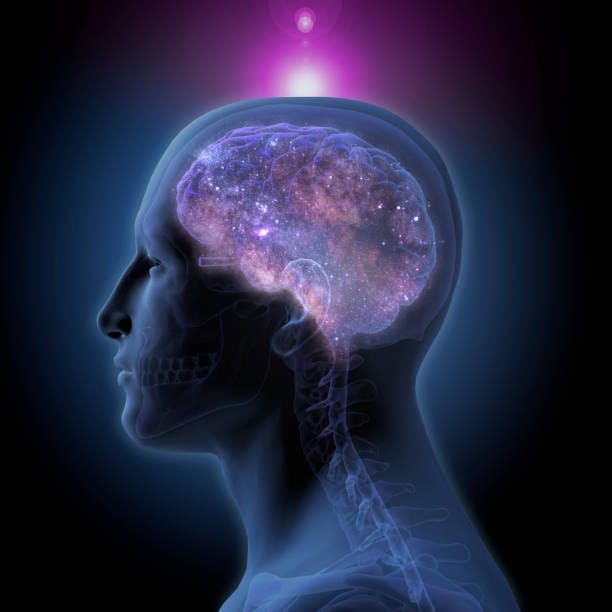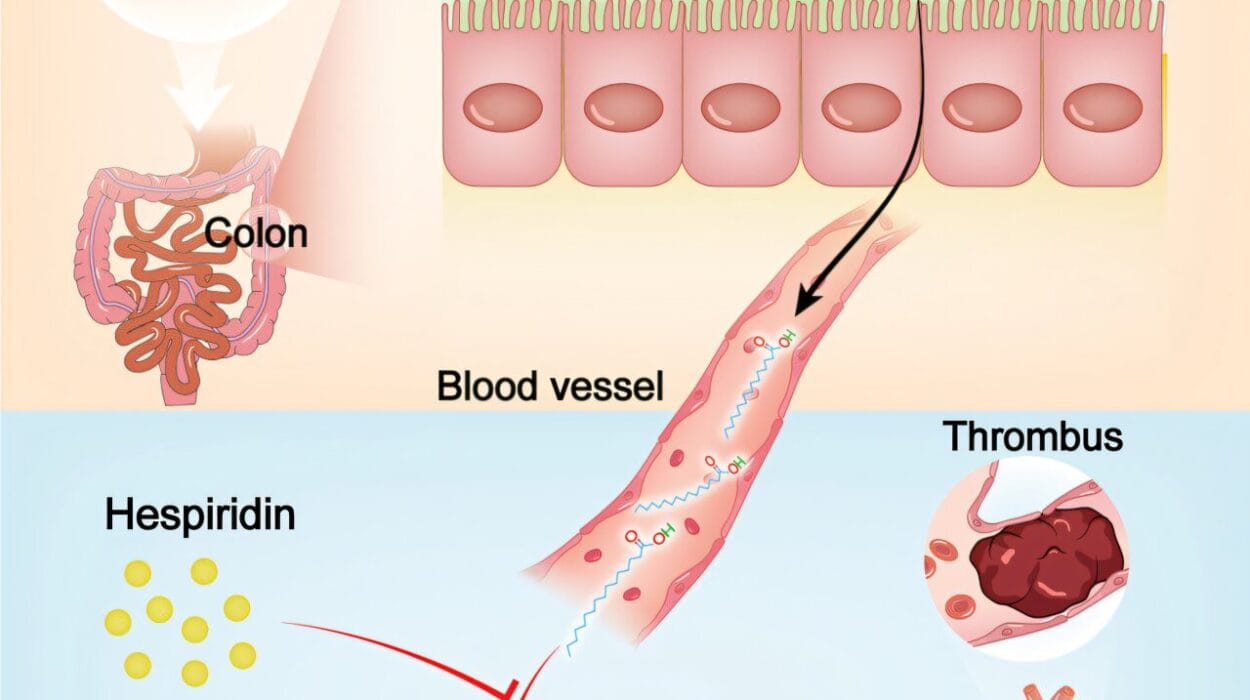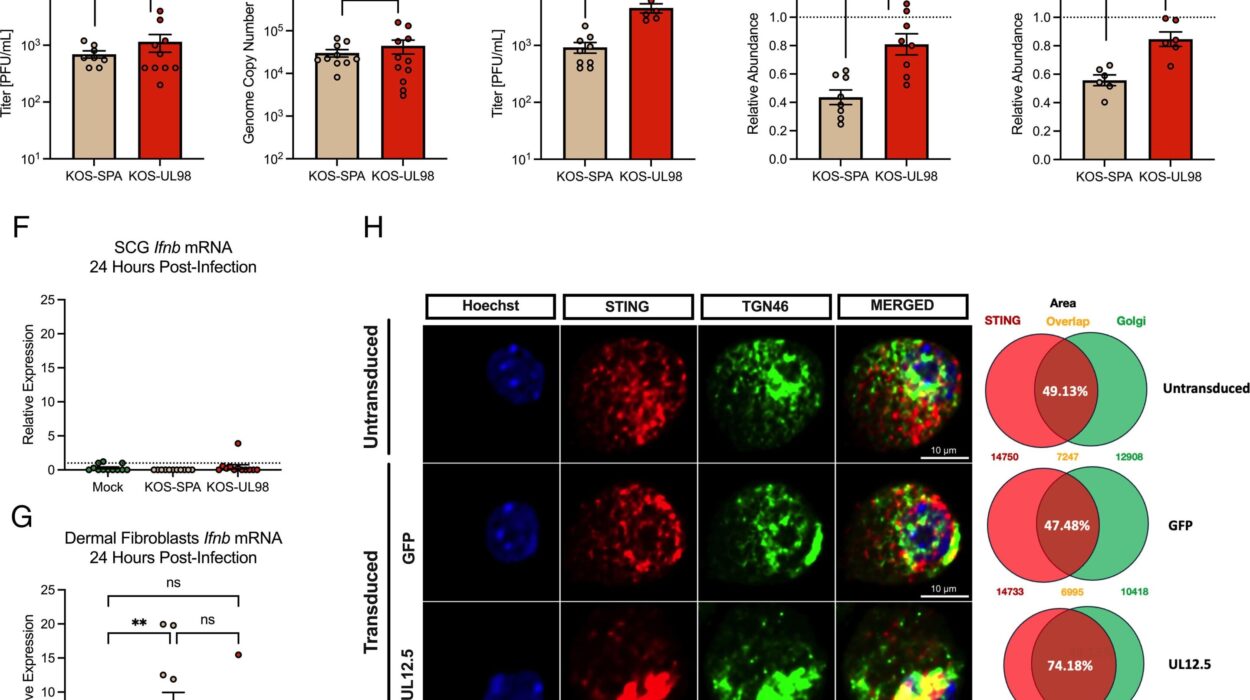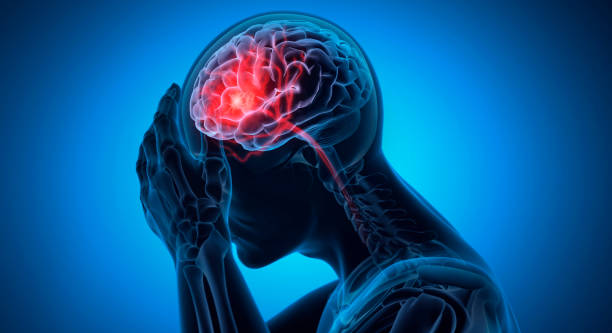Imagine sitting quietly, eyes closed, your breath a soft rhythm beneath the noise of your thoughts. The world fades. No emails to check, no tasks to complete, no roles to perform. Just silence—inner and outer. In that moment, you are not doing, but simply being. This is meditation.
What was once considered a mystical or religious practice reserved for monks and sages has now exploded into the mainstream, recommended by doctors, scientists, and wellness gurus alike. But behind the candles and cushions lies a deeper mystery: what exactly happens in the brain during meditation? Why does something as seemingly simple as focusing on your breath or repeating a mantra have the power to change emotions, reduce stress, sharpen attention, and even alter the structure of your brain?
The answers lie at the intersection of ancient wisdom and cutting-edge neuroscience. To understand meditation, we must enter the labyrinth of the mind—and explore what science has only recently begun to decode.
The Brain’s Restless Default Mode
The untrained mind is a noisy place. Left to itself, the brain tends to wander. Studies using fMRI scans reveal that even when we are not actively doing anything, a network of brain regions known as the Default Mode Network (DMN) lights up. This includes areas like the medial prefrontal cortex and the posterior cingulate cortex. The DMN is associated with self-referential thinking—rumination, daydreaming, planning, and rehashing the past.
In essence, this is the mental “autopilot” mode. It’s where our minds go when we’re brushing our teeth, walking to work, or waiting in line. It can be a creative space, but also a breeding ground for anxiety and depression. When this network is overactive, people tend to experience more self-criticism, worry, and regret.
Meditation, remarkably, appears to dial down this incessant background chatter. Neuroscientists have found that experienced meditators show decreased activity in the DMN. Even more intriguing is that during meditation, when the mind begins to wander (as it inevitably does), the act of returning attention to the breath or mantra suppresses DMN activity and strengthens other neural circuits. Meditation is not about suppressing thoughts; it’s about training the mind to return, again and again, to the present.
The Prefrontal Cortex: Training the Mind’s Eye
Sitting at the front of your brain, just behind your forehead, is a structure that plays a key role in decision-making, attention, planning, and self-control. This is the prefrontal cortex, the brain’s executive center.
During focused attention meditation—where you concentrate on a single object like the breath—this region becomes highly active. It’s as if the brain is hitting the gym. Just like lifting weights strengthens muscles, meditation strengthens this cognitive control center. Over time, people who meditate regularly show increased gray matter density in the prefrontal cortex. This translates to better focus, improved emotional regulation, and stronger impulse control.
But the benefits don’t stop at structure. Functional changes also occur. Long-term meditators exhibit improved connectivity between the prefrontal cortex and other regions of the brain, enabling better top-down control. That means they’re better at overriding unhelpful thoughts or emotional reactions. It’s not about eliminating emotion; it’s about responding rather than reacting.
The Amygdala and the Science of Emotional Calm
Fear. Anger. Stress. These emotions are born in an almond-shaped cluster deep in the brain called the amygdala. It’s part of the limbic system—the ancient, primal circuitry designed to keep us safe from predators and threats. When you hear a sudden noise or face a difficult situation, your amygdala fires, triggering the fight-or-flight response.
Meditation doesn’t eliminate the amygdala’s role, but it changes how it behaves. Several studies have shown that people who meditate regularly have a reduced amygdala response to stressors. In one famous study from Harvard, researchers found that after just eight weeks of mindfulness meditation, participants had a measurable reduction in amygdala activation in response to emotional stimuli.
What’s more, this reduction was correlated with changes in perceived stress levels. It wasn’t just that their brains reacted less—the participants themselves felt calmer, more grounded. The heightened sense of equanimity that meditation brings is not just a feeling—it’s a neurological reality.
Neuroplasticity and the Changing Brain
For centuries, scientists believed that the adult brain was static. Once you reached a certain age, your neural circuits were fixed. That dogma has now been shattered. The brain, it turns out, is neuroplastic—constantly rewiring itself in response to experience.
Meditation taps directly into this ability. Brain scans of long-term meditators show increased cortical thickness in areas related to attention and sensory processing. Even after just a few weeks of practice, measurable changes can be seen in the hippocampus, a region involved in memory and learning.
One particularly compelling study, led by neuroscientist Sara Lazar at Harvard Medical School, found that participants who completed an eight-week Mindfulness-Based Stress Reduction (MBSR) program showed increased gray matter in the hippocampus and decreased gray matter in the amygdala. The more time they spent meditating, the greater the changes.
These findings suggest that meditation doesn’t just change how you feel—it changes who you are, at the structural level of the brain.
The Brainwaves of Inner Peace
Beneath the electrical buzz of consciousness, the brain pulses with waves of activity. These brainwaves, measured by EEG (electroencephalography), reflect the brain’s rhythmic electrical patterns. Different states of consciousness are associated with different wave frequencies.
During meditation, there is often a shift from beta waves (associated with active thinking and concentration) to alpha and theta waves, which are linked to relaxed awareness and creativity. In deep states, gamma waves—the fastest brainwaves—have been observed, especially in advanced meditators.
Gamma waves are particularly intriguing. They are thought to be associated with heightened awareness, compassion, and integration of information across the brain. Tibetan monks who have meditated for tens of thousands of hours show elevated baseline gamma activity, even when they are not meditating. It’s as if their brains have been permanently tuned to a more coherent and awakened state.
In this way, meditation alters not only the architecture of the brain but its electrical signature, offering a scientific explanation for the sense of stillness, clarity, and transcendence often reported by practitioners.
Dopamine, Serotonin, and the Chemistry of Bliss
Meditation doesn’t just affect the structure and activity of the brain—it also changes its chemistry. Neurotransmitters, the brain’s chemical messengers, are influenced by mental states, and meditation is a powerful modulator.
Dopamine, associated with motivation and pleasure, increases during meditation. This may explain the feelings of contentment and even euphoria that can arise during deep practice. Studies have also shown elevated serotonin, often called the “happiness molecule,” during and after meditation sessions. Serotonin plays a key role in mood regulation, sleep, and appetite.
In addition, meditation reduces levels of cortisol, the body’s main stress hormone. Chronically elevated cortisol is linked to anxiety, inflammation, and a host of other health issues. By lowering cortisol levels, meditation not only soothes the mind but also heals the body.
In essence, meditation bathes the brain in a cocktail of calming and uplifting chemicals. Over time, these changes become more pronounced, creating a stable platform of inner well-being.
The Dance of the Hemispheres
The brain is divided into two hemispheres: the left, associated with logic, language, and analytical thinking, and the right, linked to intuition, creativity, and holistic awareness. Meditation seems to balance activity between these two sides.
In EEG studies, mindfulness meditation has been shown to increase left prefrontal cortex activity, which correlates with positive emotional states and resilience. At the same time, practices involving open awareness or loving-kindness tend to engage the right hemisphere more deeply, facilitating empathy and emotional intelligence.
This inter-hemispheric coherence may help explain the integrative quality of meditation—the sense that we are both deeply centered and expansively connected. In a world that often values speed and productivity over stillness and reflection, meditation reawakens the brain’s capacity for harmony.
Meditation and the Sense of Self
One of the most profound effects of meditation is its impact on the sense of self. In many traditions, the aim of meditation is not merely relaxation but self-transcendence—the realization that the “self” we usually identify with is a construct, not a constant.
Neuroscience has begun to identify the brain regions involved in this sense of “I-ness.” The DMN, as mentioned earlier, is heavily involved in constructing the narrative self—the mental chatter that defines who we think we are. Meditation dampens activity in this network, especially in the posterior cingulate cortex, a hub for self-referential processing.
In advanced meditation, particularly in practices like non-dual awareness or Dzogchen, the boundaries between self and other, subject and object, begin to dissolve. Brain scans of experienced practitioners show decreased activity in brain regions responsible for maintaining a sense of separation. Subjectively, this is often reported as a feeling of unity, presence, or even ego dissolution.
While this may sound esoteric, it has real-world benefits. Letting go of rigid self-identification reduces fear, increases compassion, and fosters a deeper sense of connection to others and the world.
Clinical Applications: Meditation as Medicine
The benefits of meditation are not just theoretical. Clinical trials have demonstrated its efficacy in treating a wide range of conditions, from anxiety and depression to chronic pain and addiction.
Mindfulness-based cognitive therapy (MBCT) has been shown to reduce relapse rates in depression. Meditation helps people become aware of their thought patterns without being overwhelmed by them. In chronic pain patients, meditation changes the way the brain processes pain signals, reducing perceived intensity.
Even in neurodegenerative conditions like Alzheimer’s, preliminary research suggests that meditation may help slow cognitive decline. It improves attention, working memory, and emotional regulation—all critical areas affected by aging.
Far from being a passive pastime, meditation emerges as a powerful tool for healing and transformation, one that operates across multiple levels of the brain and body.
The Future of Meditation and the Brain
As technology evolves, our understanding of meditation is entering a new phase. Neurofeedback devices, mobile EEG headsets, and real-time fMRI scans are allowing scientists to peer more deeply into the meditating brain than ever before. We are beginning to map the terrain of consciousness, charting the neural pathways to peace.
Future research may reveal even more dramatic insights—how meditation affects gene expression, how it can be personalized for different brain types, and how it might be integrated into education, therapy, and healthcare on a global scale.
But at its heart, meditation remains a deeply personal journey. It is not about changing the brain so much as awakening to the mind’s true nature—calm, aware, compassionate.
Closing the Eyes to See Within
Meditation is not escape. It is not denial. It is the courageous act of turning inward, of facing the chaos of thought and emotion with honesty and gentleness. It is the choice to be still in a world that never stops moving.
And in that stillness, something miraculous happens. The brain, so often scattered and reactive, begins to settle. Patterns shift. Networks rewire. Chemicals rebalance. And beneath all the noise, a quiet intelligence awakens—timeless, open, and free.
What happens in the brain during meditation is both profoundly physical and deeply mysterious. It is the meeting point of neuron and nirvana, of science and spirit. It is the mind remembering itself.
And in that remembering, healing begins—not just for the brain, but for the whole being.






